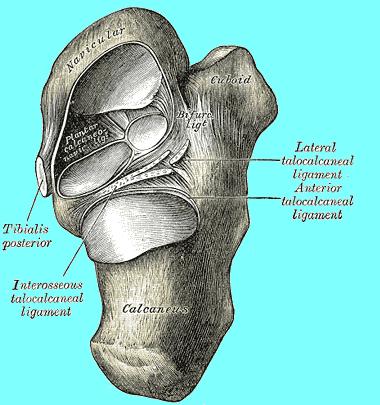Researchers from the Technion and the Hebrew University are developing a method to treat osteoarthritis (cartilage erosion) by injecting phospho-lipid nanoparticles into the hip joint * The treatment may prevent surgeries and ease the patients' pain; The approach will be presented next week at a workshop on erosion, shared by Chinese and Israeli researchers, to be held at the Technion

Researchers from the Technion and the Hebrew University are developing a method to reduce friction and erosion of cartilage in humans by injecting phospholipid nanoparticles (liposomes) into a joint infected with osteoarthritis (a disease characterized by the erosion of cartilage) and thus prevent surgeries and ease the pain of patients suffering from osteoarthritis. The method will be presented next week at a joint workshop for Israeli and Chinese researchers on the topic of attrition, which will be held at the Technion.
"The thickness of the cartilage is about two millimeters," explains Professor Yitzhak Etzion from the Faculty of Mechanical Engineering at the Technion, who is working on the project together with Professor Hezi Bernholtz from the Hebrew University. "It is a spongy material that separates the bones of the joint and enables the mobility between them with very little friction. For this purpose, the joint contains a special lubricant (synovial fluid) whose function is also to prevent erosion of the cartilage. When the synovial fluid is unhealthy, the cartilage wears away, direct contact between the bones may occur, the pain is numerous and mobility is limited. The problem can be solved with the help of a not easy surgery to implant an artificial joint. Professor Bernholz and myself are trying to develop a method to delay or prevent the surgery, by reducing the wear and tear of the cartilage. Today, doctors inject hyaluronic acid into a diseased joint, which is supposed to improve the lubrication of the cartilage. However, there is no certainty that this substance actually helps patients. Professor Bernholz is developing liposomes that can be injected into the joint instead of the hyaluronic acid. I test in my laboratory their effect on reducing the friction and wear of the cartilage."
For this purpose, a special experimental system was set up in the laboratory of Professor Etzion in the Faculty of Mechanical Engineering at the Technion, into which a piece of bone with cartilage of a small diameter is inserted, and a piece of bone with cartilage of a larger diameter is placed in front of it. The pair of cartilages is immersed in a physiological fluid, in which the same nanoparticles (nanoliposomes) are suspended. The researchers apply a load on the cartilages and move them against each other in a way that best simulates what a person goes through during the years of his life.
When cartilage wear occurs, tiny cartilage particles reach the fluid. The Technion researchers were able to identify and quantitatively measure the weight of the cartilage particles that have worn away and are in the liquid. This way you can measure and compare the effectiveness of different types of liposomes and know which ones will be the best in preventing friction and erosion of the cartilage in the joint. A patent was registered and a company named "Moavius Medical" was established.
"In people suffering from the disease - the synovial fluid is inflamed," adds Professor Etzion. "We were able to perform an erosion test in the laboratory with only such an inflammatory fluid and compare the results with those obtained when liposomes or hyaluronic acid are added to it as in conventional treatment. Indeed, there was a great improvement - a forty percent decrease in the rate of erosion with the addition of liposomes, compared to a decrease of only ten percent when hyaluronic acid is added to the inflammatory fluid."
The results of the experiment were published in the scientific journal "WEAR".

6 תגובות
Hyaluronic acid is the most effective, this is the liquid in the joint. They give it to horses before races. Dogs that suffer from rheumatism.
I found that Glucosamine Chondroitin from the Solgar company is very effective in dealing with the erosion of the cartilage in the knees. I heard the welcome recommendation for treatment on television from Professor Carso about three years ago, and indeed since then my problems on the matter have been resolved.
Royal honey that is white in color!!! Good for the cartilage problem.
Red royal honey!!! Good for fertility.
Royal honey with a fluorescent yellow color!!! Good for pairings and good livelihood.
wd40
Good for doors, screws and I'm sure cartilage too.
dialect:
I guess it's mostly good for beekeepers.
How is it that medicine still prefers other treatment methods?
The best material for the cartilage problem is to smear the area externally with royal honey, its color is white!!!
Several times a week and every year again, and as needed.
Niv.N